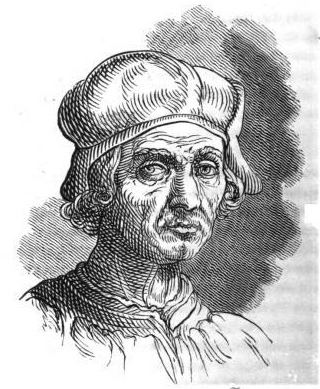 | ||
Died 6 March 1543, Florence, Italy Children Giuliano di Baccio d'Agnolo Structures Palazzo Bartolini Salimbeni, Palazzo Strozzi, Palazzo Borgherini‑Rosselli del Turco, Hotel Palazzo Guadagni, Palazzo dell'Antella Similar Simone del Pollaiolo, Benedetto da Maiano, Maria Salviati | ||
La gabbia per grilli di baccio d agnolo
Baccio D'Agnolo (19 May 1462 – 6 March 1543), born Bartolomeo Baglioni, was an Italian woodcarver, sculptor and architect from Florence.
Contents
Biography
"Baccio" is an abbreviation of Bartolomeo, and "d'Agnolo" refers to Angelo, his father's name. He started as a wood-carver, and between 1491 and 1502 did much of the decorative carving in the church of Santa Maria Novella and the Palazzo Vecchio in Florence. Having made his reputation as a sculptor he appears to have turned his attention to architecture, and to have studied at Rome, though the precise date is uncertain; but at the beginning of the sixteenth century he was engaged with the architect Simone del Pollaiolo in restoring the Palazzo Vecchio, and in 1506 he was commissioned to complete the drum of the cupola of the church of Santa Maria del Fiore. The latter work, however, was interrupted on account of adverse criticisms from Michelangelo, and it remained unexecuted.
Baccio d'Agnolo also designed, among others, the Palazzo Borgherini-Rosselli del Turco and the Palazzo Bartolini Salimbeni. The Bartolini palace was the first house to be given frontispieces of columns to the door and windows, previously confined to churches; he was ridiculed by the Florentines for his innovation. Another much-admired work of his was the campanile of the church of Santo Spirito. His studio was the resort of the most celebrated artists of the day, Michelangelo, Andrea Sansovino, the brothers Antonio da Sangallo the Elder and Giuliano da Sangallo and the young Raphael. He died at Florence in 1543, leaving three sons, all architects, the best-known being Giuliano D'Agnolo.
Giorgio Vasari included Baccio in volume IV of his Vite.
